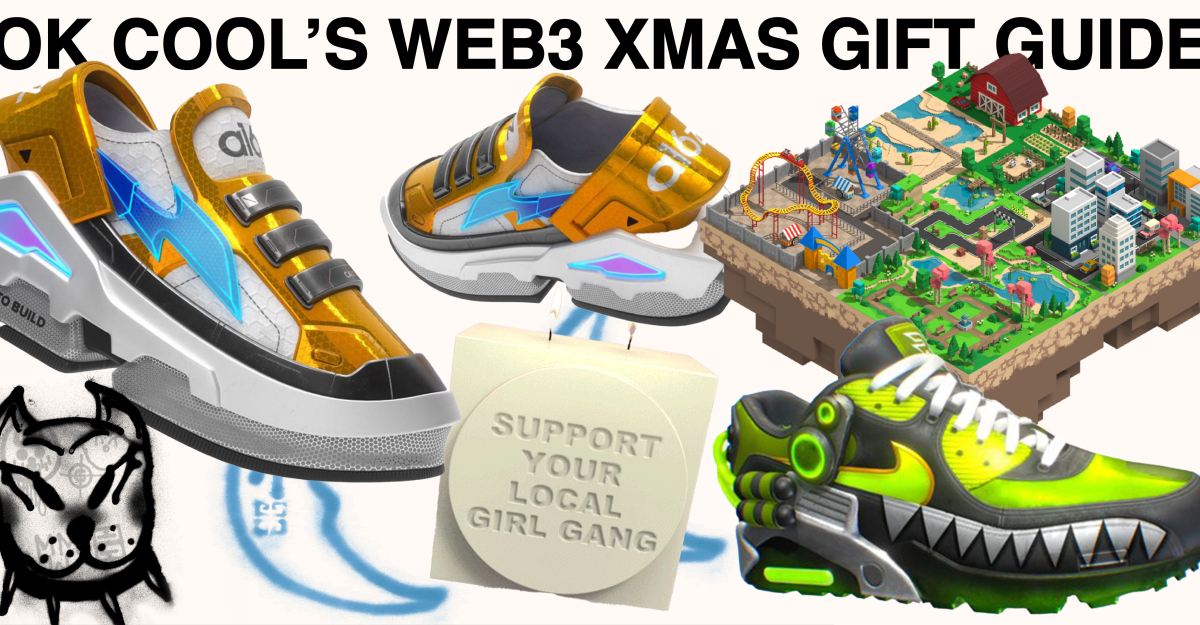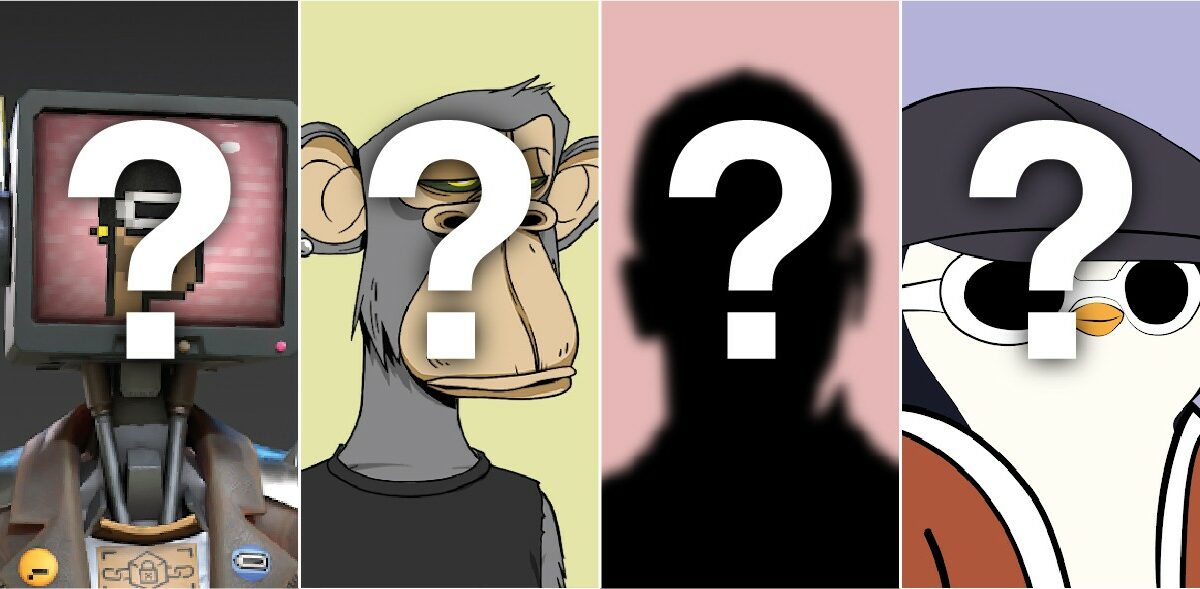- ● Decentralised Autonomous Organisations (DAOs) are web communities with unprecedented resources
- ● They represent a real shift away from hierarchical business models
- ● DAOs are likely to fund and inform the building of Web3
Executives love to bang on about flat management structures, but the way companies work hasn’t changed much in the 21st century. A small proportion of people decide how capital and human resources ought to be spent in the same chain-of-command model used by armies and organised crime.
Is this the best way to do business? An emerging model based on Web3 technologies is proving that heterarchical organisations might be a better alternative.
Decentralised Autonomous Organisations (DAOs) are simpler than their name might suggest: they are web communities with money. Imagine a Reddit thread mobilised around a single purpose, with deep pockets of tokenised capital. Members pledge cryptocurrency or digital assets, and these are invested. Rather than founders or bosses deciding where to allocate the funds, decisions are crowd-sourced, and rules are enforced using smart contracts on the Blockchain.

Co-owning (It’s Yourz)
DAOs represent a means for individuals to co-own vastly expensive digital assets. PleasrDAO made headlines last summer when it emerged that the organisation had parted with $4m for the sole existing copy of “Once Upon a Time in Shaolin”, the last studio album by the Wu-Tang Clan. While members of the collective have a portion of the record’s value, now they are pondering what to do with it. Under the terms of ownership, tracks from the double CD can’t be publicly released. PleasrDAO has a portfolio of multimillion dollar assets, like artifacts from Russian dissident punks Pussy Riot and NSA whistle-blower Edward Snowden.
Decentralised creativity
Appealing to a huge community of members means DAOs can raise vast sums of money quickly – and with the right crowd-determined decisions they deliver substantial returns. But what’s more intriguing is this model’s potential to enable new forms of creativity. FingerPrints DAO is a fast-growing art collective focused on ‘collecting, curating and promoting smart contracts as art’. This might be the most innovative turning point for digital art in the last decade – where appreciation for aesthetics merges with the artistry associated with creating code and on-chain tokens. For instance, Larva Labs’ collection of Autoglyphs are both generative artworks themselves and coded ownership contracts.

A slightly more familiar model is Roman Coppolla’s (son of Francis Ford), Decentralised Pictures. This DAO is attempting to disrupt the predictable Hollywood filmmaking ecosystem, with a view to making some movies that depart from the usual predictable dross found on the silver screen. Members join the community and pledge money – in the form of a native crypto token, FILMCredits (FILM) – which go into funding film projects. Got a film idea that deviates from generic norms? You might want to submit your script here rather than traipsing round to major studios.
Web 3 – fuel in the tank
DAOs get things done. But their highest purpose might be building Web3 itself. Last week DeFi Alliance, a platform designed to accelerate crypto and blockchain-associated projects announced that it would be changing its name to Alliance DAO, saying also that over 300 members had joined, raising $50m. The pivot came reportedly after the realisation that the company would have to draw on a vast network to execute its ambition of helping Web3 grow to 1bn users.
Meanwhile, Gitcoin DAO has a similar model, and is estimated to have $643m in store for Web3 project that its community deems worthy of funding. The MetaCartel Venture DAO invests in early stage decentralized applications (DApps) providing cheque sizes ranging from $20k to $100k, it concedes that while it doesn’t – yet – have the financial clout to compete with many VC companies, the expertise contained in its network make it a more appealing option.
DAOs might become the most important innovation to come from Web3. But we are only seeing a glimpse of their true potential in early 2022. For now, we know that they have the potential to make business more transparent – by design, decisions are open and viewable. DAOs can grow quickly – pulling in resources and expertise quickly around a shared goal. And DAOs are cheap to build, because many of the tools needed to form a new community are already available. Heterarchy is – finally – at hand.
Launching a DAO that will alter the web as we know it? Want to understand how your brand shows up in Web3? OK COOL can help. 👉🏼DM.


